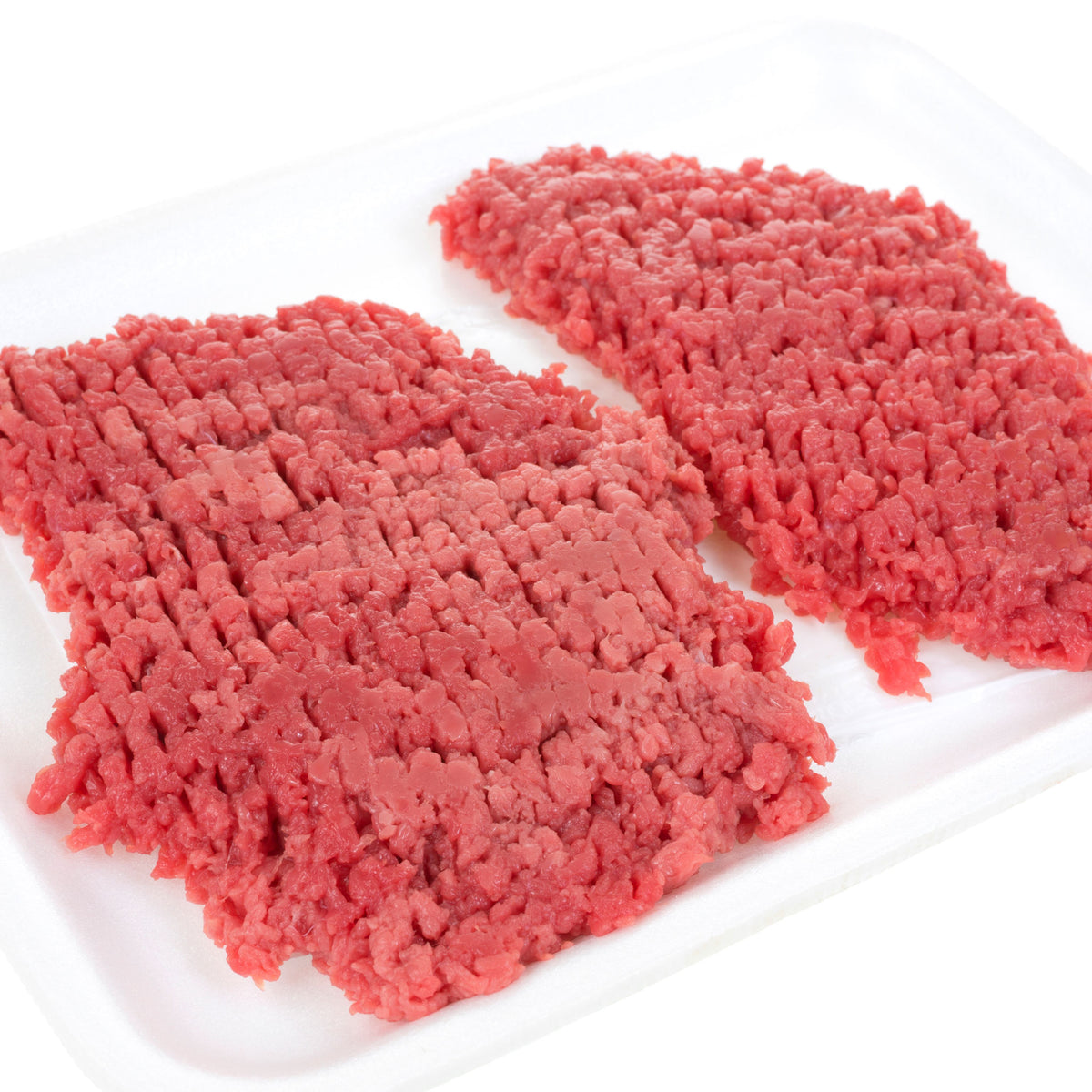Not my image
Clipped from web for algorithms or whatever
Close, but not the sme dish
Okay, it’s not my only pet
peeve. I have a fairly long list, many of them about grammatical errors that
grate on my nerves like fingernails on a blackboard. But on my culinary pet
peeves list, dry meat is maybe first. I do not like, won’t eat dry chicken,
pork, or even beef. Partly, meat is dry because it is overcooked or improperly
cooked, but to me a chicken breast, for example, is almost always dry. I”ve
been known to eat the skin and ignore the meat on a good fried chicken breast.
So I want some kind of sauce or gravy with it, and I don’t mean a dab of sauce
dribbled decoratively over the finished product.
If I have a pet peeve, Jordan
has pet foods, and high on her list is cream cheese—on almost anything. As a
child, she’d eat cream sandwiches—nothing else on them, just the cheese and the
bread. We both love cream cheese on toast, sometime alone, sometimes with
smoked salmon or bacon. It’s great in sandwiches with cucumber, it’s good
scrambled with eggs, and of course, it’s the base for many delicious dips. But
in this recipe, it saves a chicken entrée.
Recently Jordan was out of
town for the weekend, and I wanted to fix a welcome-home dinner that she would
particularly like. My choice: chicken breasts with a cream cheese sauce. I
found the recipe on my favorite foodie website, “Kitchn,” and adapted it.
Chicken breasts in cream
cheese sauce – serves four
1 small sweet onion
4 cloves garlic
8 oz. cream cheese
4 boneless, skinless chicken
breasts
Salt and pepper
2 Tbsp. olive oil
½ cup dry white wine
1-1/2 cups chicken broth
2 tsp. Dijon mustard
Pinch red pepper flakes
(optional)
Slice the onion—I have taken
to slicing instead of dicing because Jacob does not like onion, either the
taste or the texture, and slicing makes it easier for him to pick out (I know, I’m
encouraging a picky eater!). Mince the garlic. Cut the cream cheese into six or
eight chunks (the smaller the chunks, the easier it will be to blend into the
sauce). Pound the chicken breasts and flatten to a uniform thickness, pat dry,
cut each into two or three pieces, and season with salt and pepper. Cutting the
breasts up gives you more leeway in fitting them all into one pan at once—when you
cook on a hot plate, pan size is limited.
Heat the oil until it shimmers
and bown the chicken pieces until golden on both sides. Remove from skillet and
keep warm on a plate tented with aluminum foil. Chicken will not be thoroughly
cooked through at this point.
Deglaze skillet with white
wine, stirring to scrape up brown bits from pan bottom. Let wine simmer until
about a half inch is left in pan. Add onions and garlic, stirring frequently
until onions soften and take on a golden hue from the browned bits in the wine.
Add chicken broth, cream
cheese, Dijon mustard, and season to taste with salt and pepper. Simmer,
stirring, until cream cheese is melted and incorporated into the sauce.
Return the chicken to the
skillet, bring to a simmer, cover and cook until chicken is cooked through—test
after ten minutes by cutting into middle of a piece. Do not let the dish boil.
Serve over egg noodles or
rice, and sprinkle with red pepper flakes if desired.
So good that Jordan asked for
it to be put in what she calls our regular rotation, and Jacob really liked it—always
a coup.





